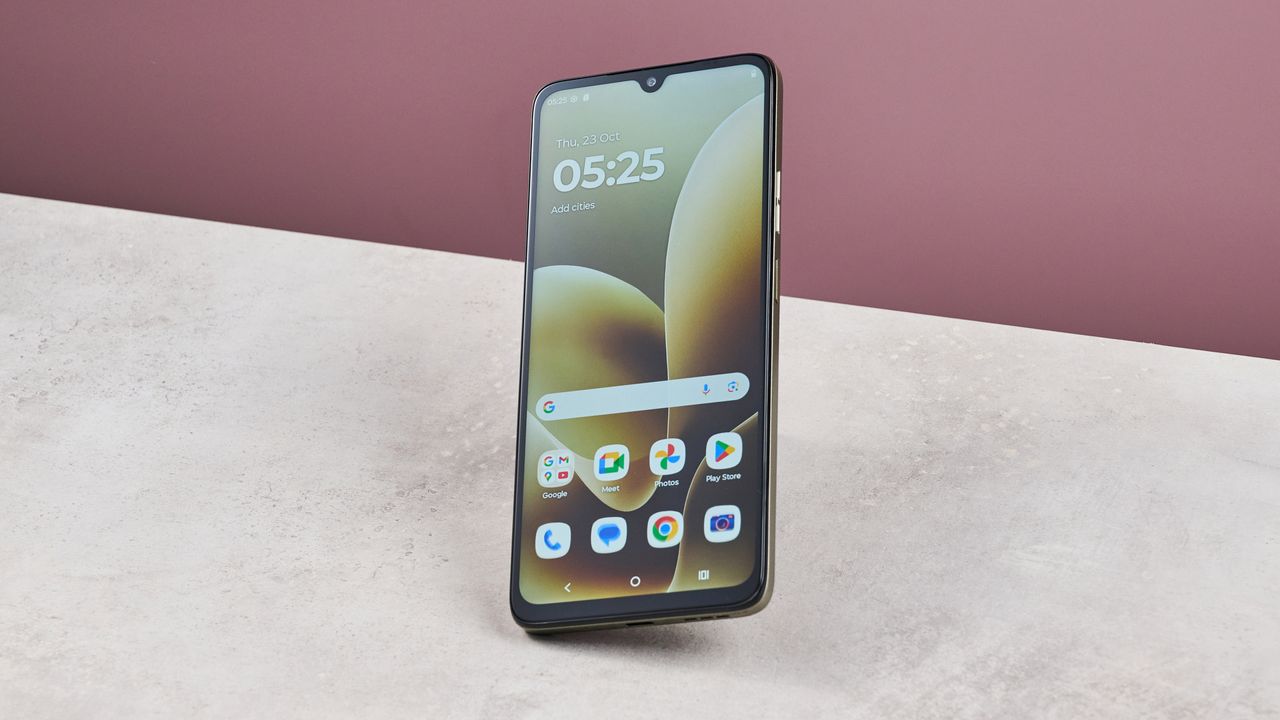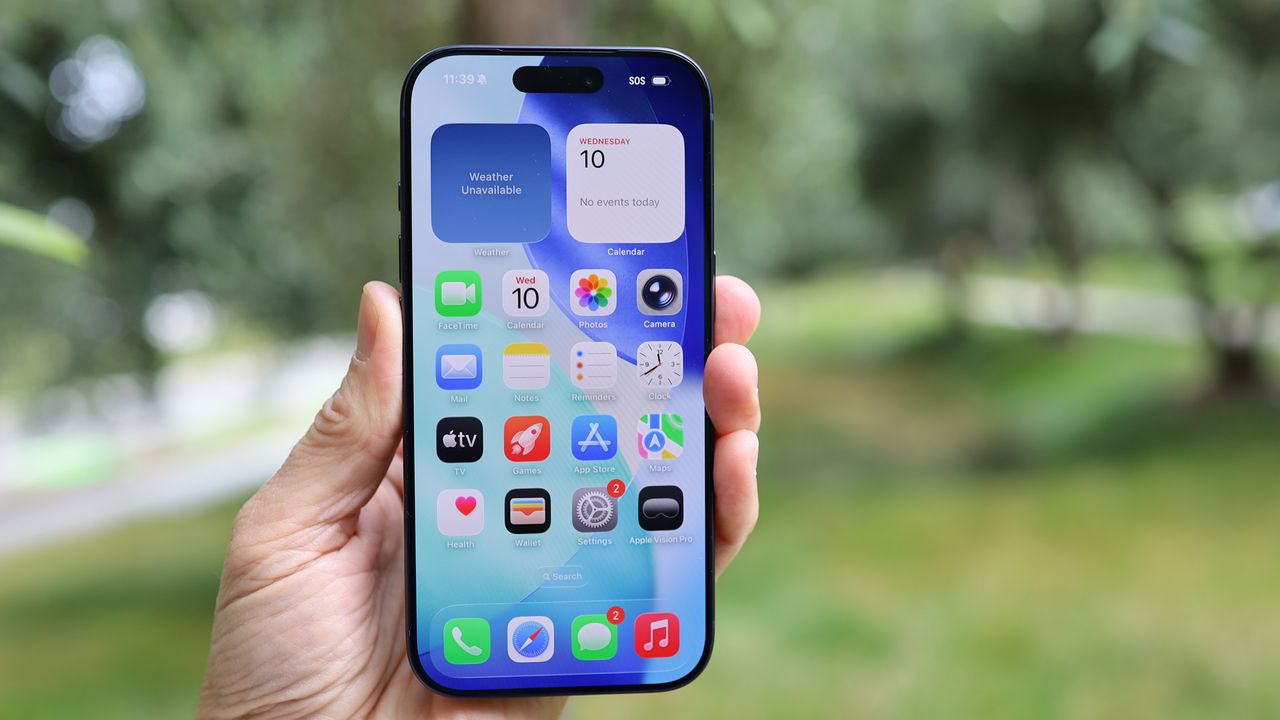
What if you were able to talk via VOIP and download last nights episode of Game of Thrones that everyone keeps talking about without any lag as you go from place to place. Imagine never seeing your LTE signal turn into 3G or the dreaded 1x again. Entrepreneur Steve Perlman thinks that he may have an answer to limitless data. The technology is called pCell. What it does is take advantage of what would normally a data drain on cellular networks. When this technology is deployed it will eliminate congestion during big events or disasters and get rid of dead zones. The hope is to have the speed and reliability of a wired connection anywhere you go. Steve Perlman calls pCell is “mobile fiber.” pCell, which stands for “personal cell.”The way towers work are; a tower transmits a radio signal creating a cell. That tower has to avoid any interference with other cells. The problem is that towers capacity is shared with any mobile device that comes along. As the number of devices and need for more data increase, it gets harder to avoid interference.

Perlman said:
This is a tubes to transistors breakthrough. We are looking at the problem from a different point of view. If you have 10 or 100 phones taking turns, we are simultaneously using all channels at once. We figured out how to synthesize a tiny bubble around your mobile device. It’s absolutely a revolution in wireless….there is nothing close to this density, even with the phone antennae a few millimeters apart. We came up with something that would work mathematically but there was no radio. Everyone said we were crazy. I finally found a principal scientist, and he agreed that theoretically it could work, so we had to build a radio that never existed before. Once we got it working, we had to develop new mathematical techniques to make it practical.
What pCell does is embrace interference then combines radio signals transmitted from multiple pCell base stations to synthesize pCells around each mobile device. Thus providing each person with their own cell tower so to speak. Each pCell gives the mobile device the full amount of wireless capacity available. pCell is based on DIDO (Distributed-Input-Distributed-Output) technology. These DIDO data centers are running on industry-standard processors and Linux. The data centers are very important to the success of the pCell working. They are what separates traffic from different devices into multiple channels. This all sounds great. What is the bad news you may ask? pCell only exists in tests. However, once you are able to use this technology the possibility for innovation with applications and devices will be endless. The first public demonstration of the technology is today at Columbia University.
Perlman said:
We want attendees to ask us hard questions, and for people to understand that this is for real and to figure out what to do with this powerful thing.
[youtube=http://www.youtube.com/watch?v=9bc2Q8d_7Ms]
In a video demonstration above, Perlman shows streaming 1080p video at 10 MHz on laptops over an LTE cellular connection, 4K streams of Netflix’s “House of Cards” running on 4K TVs and HD video running a half-dozen stacked iPhones with 5MHz bandwidth, all getting the full spectrum bandwidth simultaneously.

Artemis has met with the major carriers, ISPs, tech giants like Google and Apple to do tests. The company plans to start commercial deployment by the end of the year, with broader global deployments in 2015. Perlman created and sold WebTV to Microsoft for about $500 million in 1997. He developed a photorealistic motion capture system used in “The Curious Case of Benjamin Button” and created OnLive.
Perlman said:
Setting aside the nerdy technical stuff, the promise of what we are doing is a world that is interconnected with reliable broadband everywhere. You have not seen anything yet.


